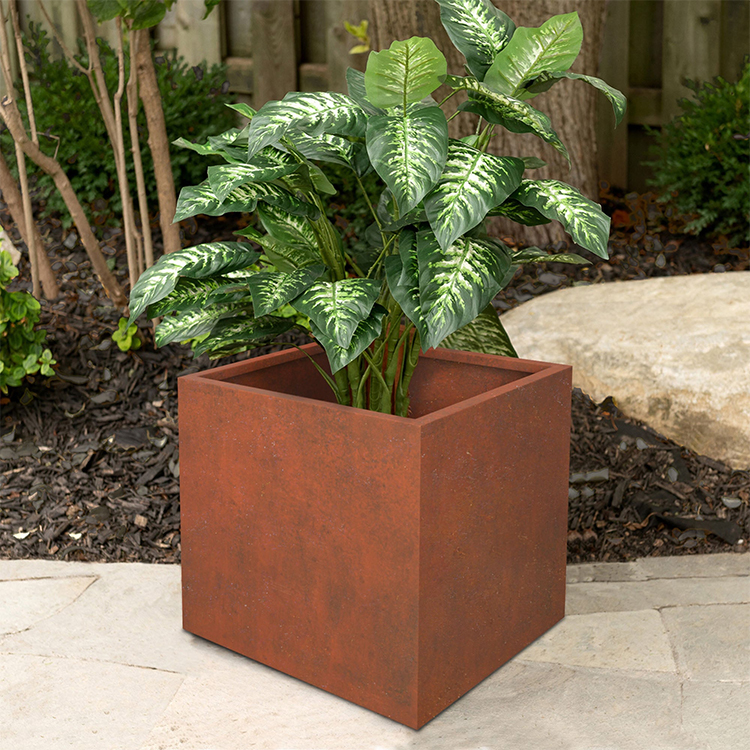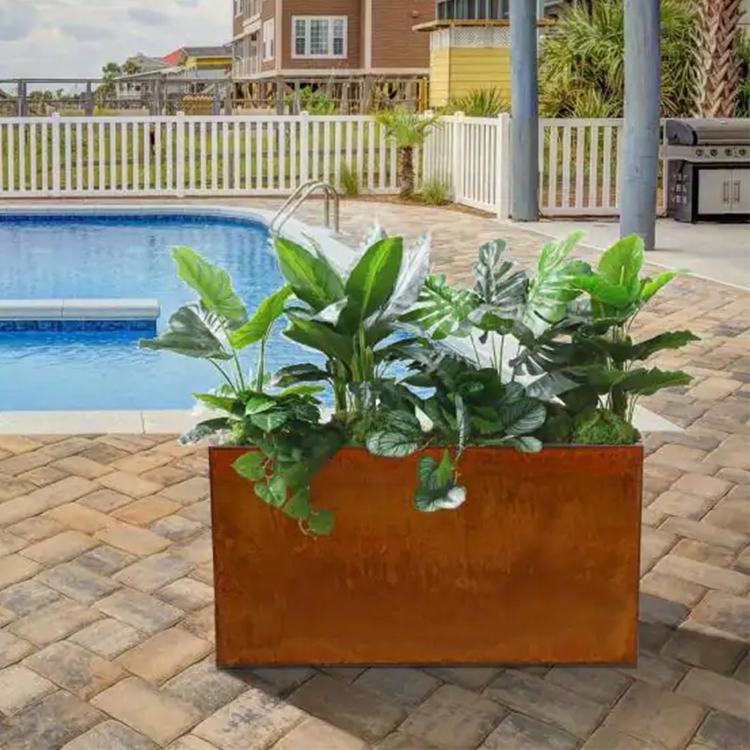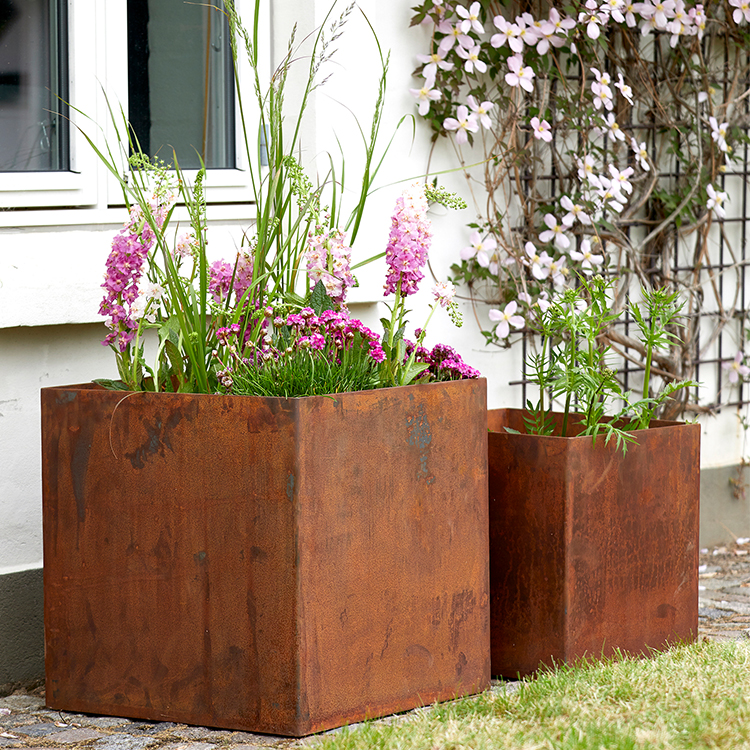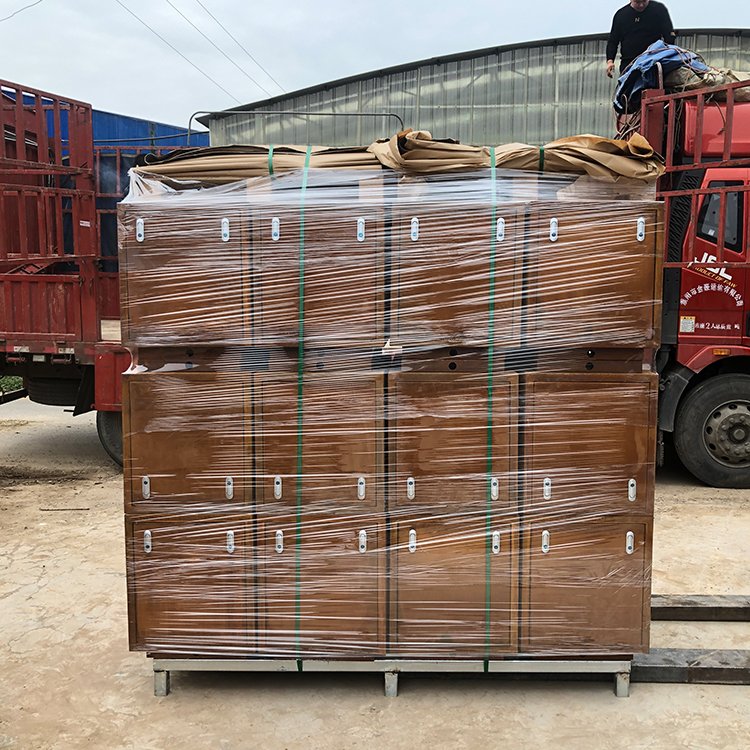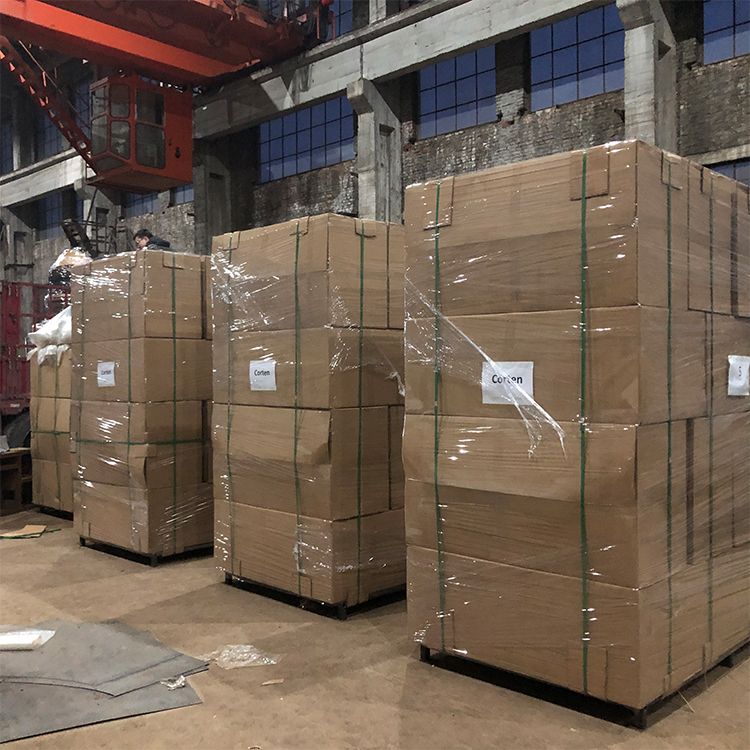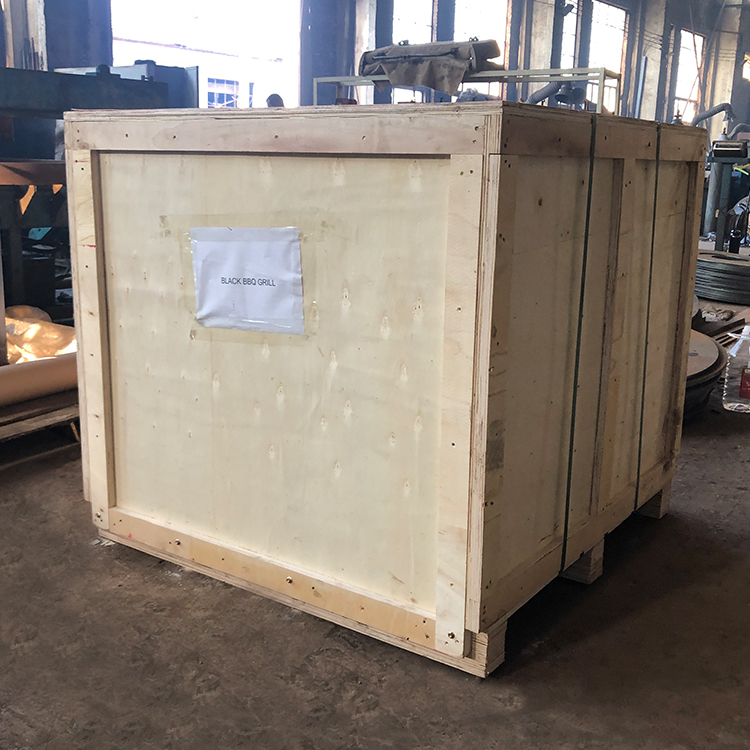Parquet FAQ
(1) Floor bending deformation (tile) 1. Surface phenomenon: The two sides of the floor are tilted upwards, which are like tiles. 2. Reason analysis: (1) The moisture content of the concrete base layer or the moisture content of the adjacent wall is too high; (2) During the construction, the concrete base layer has been splashed with water and mixed with water-containing materials, resulting in an increase in the moisture content of the concrete base layer; (3) Failure to take waterproof and moisture-proof isolation and blocking measures as required; (4) The tibia and water content are too high, and the evaporated water is absorbed by the back of the floor; (5) Leakage of water pipes laid under the surface of the board, condensation of water in the room, etc. 3. Preventive measures (1) The concrete base layer shall be constructed after the water content requirement is required. When the water content exceeds the standard, the moisture-proof insulation layer shall be laid, and the moisture-proof insulation layer shall be sealed as a whole; (2) It is necessary to take measures to prevent water and moisture from being isolated. 4. The moisture content of the tibia is controlled to suit the local equilibrium moisture content. 5, the solution: (1) Remove the floor around the room to allow it to sag, partially relieve the deformation, and replace the heavily deformed floor; (2) The floor deformation area is large, and the paved floor can be removed, and the concrete base layer or the tibia is dried and re-paved. Re-paving the original available floor and replacing the floor that affects the use. (2), the floor is shrinking and sewing 1, performance phenomenon: after a period of installation (usually after several months), there is a phenomenon of separation between the floor trenches. 2. Reason analysis: (1), the climate is continuous high temperature and dry and other abnormal weather environment, the floor dehumidification is too fast, no humidification measures are taken; (2) The air is dry for a long time, the dehumidification is too large, and no humidification measures are taken; (3), sun exposure, long-term air (air conditioning, etc.) and other abnormal environmental factors, causing the floor to excessively dehumidify and shrink; (4) The room is closed for a long time, no humid air is added, and the indoor air is dry; (5) When paving in wet weather, the paving gap between adjacent plates is too large, and in the case of dry weather, there is a larger dry shrinkage. 3. Preventive measures: (1) Appropriately adopt humidification measures to keep the equilibrium moisture content of the floor in a small variation range. The deformation of the floor is maintained at a small extent; (2), anti-sun exposure, it is not appropriate to close the doors and windows for a long time without ventilation, or partial concentrated blowing; (3) Calculate and grasp the climatic conditions during the construction of the adjacent panels of the floor, and leave or not to extend the joints properly; (4), selecting the better stability of the flooring material and control the water content of equilibrium moisture content suited to local requirements. 4, the solution: (1) When the function is not affected, it can be used for a long time. After the moisture content of the floor is balanced with the relative humidity in the air, the dismantling and resurfacing schemes are adopted as appropriate; (2), all reopening and resurfacing, and set the extension of adjacent plates as required. (C), the floor is swollen and arched 1. Surface phenomenon: The floor panel is partially arched upwards, or some floor is arched upwards. 2. Reason analysis: (1) Continuous rainy weather, the relative humidity in the air is too high, no moisture-removing measures are taken, and the moisture in the air is absorbed by the floor and then absorbs and swells; (2) The floor is hygroscopically swelled after being flooded; (3), the house is long-term air-conditioned, uninhabited, poor ventilation, no water in the stucco layer after evaporation, nowhere to be absorbed by the floor, then absorb and swell; (4) The moisture content of the base concrete is too high, and the moisture barrier layer is not sealed and absorbs moisture; (5) When the pavement is installed, the joints are not reserved between the adjacent plates as required, and the wet air expands and hangs after the humid air, and even the paint surface is cracked; (6) The structural extension between the floor and the wall is insufficiently reserved; (7) The floor covering area is large or wide, and no segmentation measures are taken. 3. Preventive measures: (1), often open the window ventilation; (2) Reserve structural extension joints, segment joints and adjust the extension joints between adjacent plates according to regulations; 4, the solution: (1) When the function is not affected, it can be used for a long time. After the moisture content of the floor is balanced with the relative humidity in the air, the dismantling and resurfacing schemes are adopted as appropriate; (2), all reopening and resurfacing, adjusting the section seam and the adjacent section to reserve the seam. (4) Cracks in the floor surface 1. Surface phenomenon: Small cracks appear on the floor paint surface, and the paint film peels off in severe cases. 2. Reason analysis: (1) When the climate change is large, the moisture content of the floor is too large or too low, the floor appears to shrink or swell, and the elasticity of the paint film cannot keep up with the swelling or shrinkage of the floor, and the paint film is cracked; (2), the floor is exposed to the sun or long-term wind blowing, the floor appears dry shrinkage, the film elasticity can not keep up with the floor shrinking, and the paint film wrinkles and cracks. (3) The floor is dampened by moisture, the moisture content of the floor is increased after moisture absorption, and the floor is wet and swollen. The elasticity of the paint film cannot be expanded with the floor, and the paint film is cracked; 3. Precautionary measures: The floor, the adhesion, elasticity and wear resistance of the paint film can be guaranteed. 4, treatment method: a small amount of paint film cracking, can be repaired by touch up. If the cracking area is large, it can be re-painted after smoothing. If the single floor paint film is cracked longer, it can be replaced by a single floor. (5) The floor sounds when walking 1. Surface phenomenon: After the floor is paved, there will be a creaking noise when walking, or a single squeezing cracking sound. 2. Reason analysis: (1), the concrete base layer is not flat, the spacing between the slabs is too large, the keel bolster is too high, and the keel is not entirely located on the base layer, etc., so that the often moving parts are loose, the keel elasticity increases, and the upper and lower displacement occurs, resulting in The keel pavement is reduced in firmness; (2) When the keel is paved, the water content is too high, the moisture content is gradually reduced, the nail holding power of the wood is reduced, and the keel installation is loose; (3) The moisture content of the concrete base layer is too high, and the moisture-proof insulation layer or the moisture-proof insulation layer is not integrally sealed, so that the keel absorbs moisture, the water content increases, the distortion occurs, and the keel installation loosens; 1) If the density of the tibia material is too low or the cross-sectional area is too small, the nail holding force is insufficient, the diameter of the nail is too small, the length is too short, and the flatness of the keel pavement does not meet the requirements, resulting in insufficient installation firmness; 2) When the floor sill and trough are wet and contracted due to climate change, the gutters are detached and do not function. When they are too tight, they rub against each other when they are swollen; 3) The excessive drying of the climate weakens the nail holding force of the floor and the keel, and the connection between the floor and the groove is loose. Excessive humidity causes the floor to expand laterally, and the expansion is slightly squeezed and arched, so that the keel is loosely fixed, and the nail holding force is also weakened; 4), some species of complex chemical composition containing a high amount of fat, with high frequency squeaking noise is generated when friction; 5) The installation process is not standardized. 3. Preventive measures (1) Check the flatness of the concrete base layer before construction and repair until the requirements are met before continuing construction; (2) Check the moisture content of the concrete base layer or the integrity of the moisture barrier layer before construction; (3) Check the cross-sectional size and water content of the tibia; (4) The larger the area of ​​the concrete base layer, the firmer the installation, the more the bolster part, the higher the bolster, and the more likely it is to loosen; 4, the solution: (1) Construction conditions and concealed works shall be strengthened to ensure the flatness of the concrete base layer and the integrity of the moisture-proof insulation layer; (2) When the climate is excessively humid or excessively dry, observe when the climate is normal. If there is no obvious sound, you do not have to trim it.
Rust Color Corten steel Flower Planter
Corten steel flower pots&planter is made of corten steel,Which can be used to plant different kinds of flowers and widely used in garden. With the cone shape and simple design, it brings a new touch of style to your home or garden. Corten Steel Planter is designed in simple but practical, which is popular in Australia and European countries.
Packing
Packing will by pallet/carton/ wooden box,according to different demand.
Corten Steel Flower Planter,Garden Plant Pots,Flower Pot Holder,Metal Plant Pots Henan Jinbailai Industrial Co.,Ltd , https://www.hnjblbbq.com
Our Corten steel planters are made using high quality corten steel. Specifications include 2.0mm thick corten steel on the side panels, laser cut, folded, welded and dressed.
Name
LRust Color Corten steel flower planter
Material
Corten steel
Size
1500*500*600mm or customized
Steel thickness
2mm
Packing
Pallet/carton/wooden box packing
